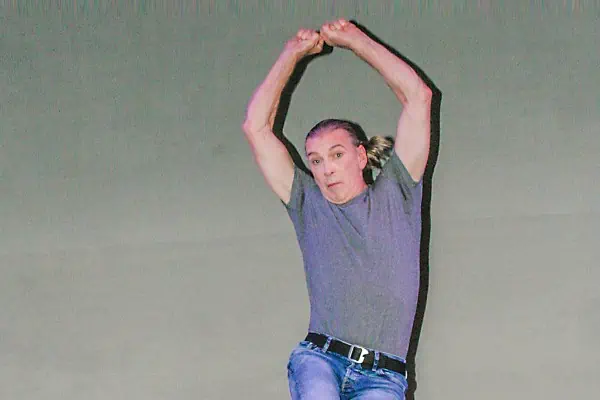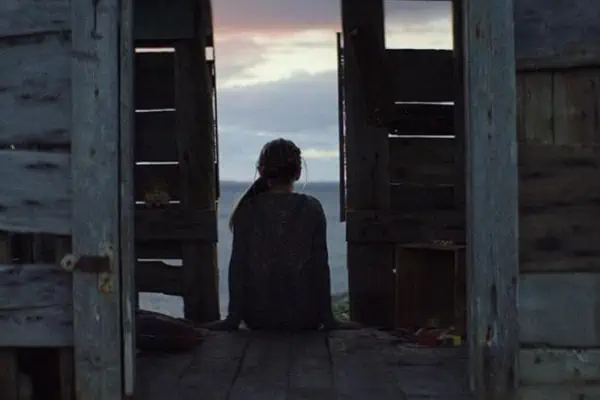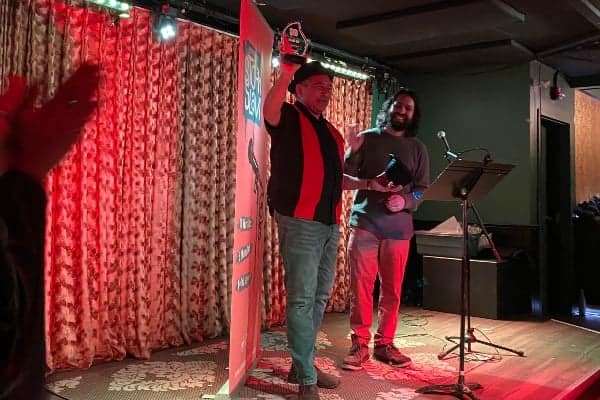The film Les Enfants du Paradise (Marcel Carné, 1945) has been called the
greatest film ever made since its release. The film’s resurrection of the vaudevillian Paris theatre of the 1820s and 1830s is the most lavish realization of France during that time.
It was hailed as France’s answer to Gone with the Wind (Victor Fleming, 1939). French New Wave (1950s-1960s) era director Francois Truffaut claimed that he would have traded all his films to direct just Children of Paradise, or Children of the Gods as it was meant to translate to, in which Gods is referring to the people in the cheap seats at the top balcony.
Set during the July Monarchy (1830-48), the film follows Garance, the beautiful courtesan actress and the four men who fall in love with her. Garance’s suitors, a mime, an aristocrat, an actor, and a thief are drawn to her grace and glamorous looks, but she is hesitant to allow any of them to get too close.
Vast gatherings on the Boulevard du Temple populate the majority of the film’s action as well as the Théâtre des Funambules, where pantomimes and actors perform and the “gods shout and yell.”
Each relationship brings the audience a different set of desires and emotions to consider. Paths of love, lust and freedom are explored all the while the theatre, rather than just pantomime acting, begins to use dialogue even though it is usually reserved for the “official” venue, The Grand Theatre.
One of the things that is so enormous about Children of Paradise is that is was made during the German occupation of France between 1943 and 1944. Production had barely gotten off the ground when the Allied success of Operation Husky in Sicily in August 1943 collapsed the funding coming in from Italy. Set designers and music composers who were Jewish worked in secrecy, building supplies were scarce and film stock was rationed.
Another delay in production occurred when the Allies landed in Normandy and once France was liberated some of the cast vanished due to their involvement with the Nazis.
Still, in the face of war and repression the production of the film was what kept some people alive, hopeful and earning a sense of freedom.
If the script and acting alone are not enough of a testament to its achievement, then the film’s collaboration of all forms of art is. Director Marcel Carné was obsessed with capturing all the performances of the vaudeville catalogue: dancing, ballet, clowning, tightrope walking, and miming (specifically, the famed French mime Jean-Gaspard Deburau).
Carné also began his associations with the French painter and costume designer Mayo on this film, helping create the costumes and physical incarnation of the characters.
The time it depicts, the characters themselves and the means that were used in its production all form a common bond of how Les Enfants used every last drop of creativity to ensure its originality; this was a film France had to make, no matter how much resistance it encountered.
The film’s network of desires and issues of identity reflects France’s past, and its present German occupation. Children of Paradise captures the novelty that stood in the face of war, its masterful technique and artistic scale still endures today, 70 years later.
The Yukon Film Society presents a screening of Children of Paradise on Dec. 27 at The Yukon Arts Centre. It will be shown at 7 p.m. and follows a screening of The Sound of Music (Robert Wise, 1965) at 3 p.m.




